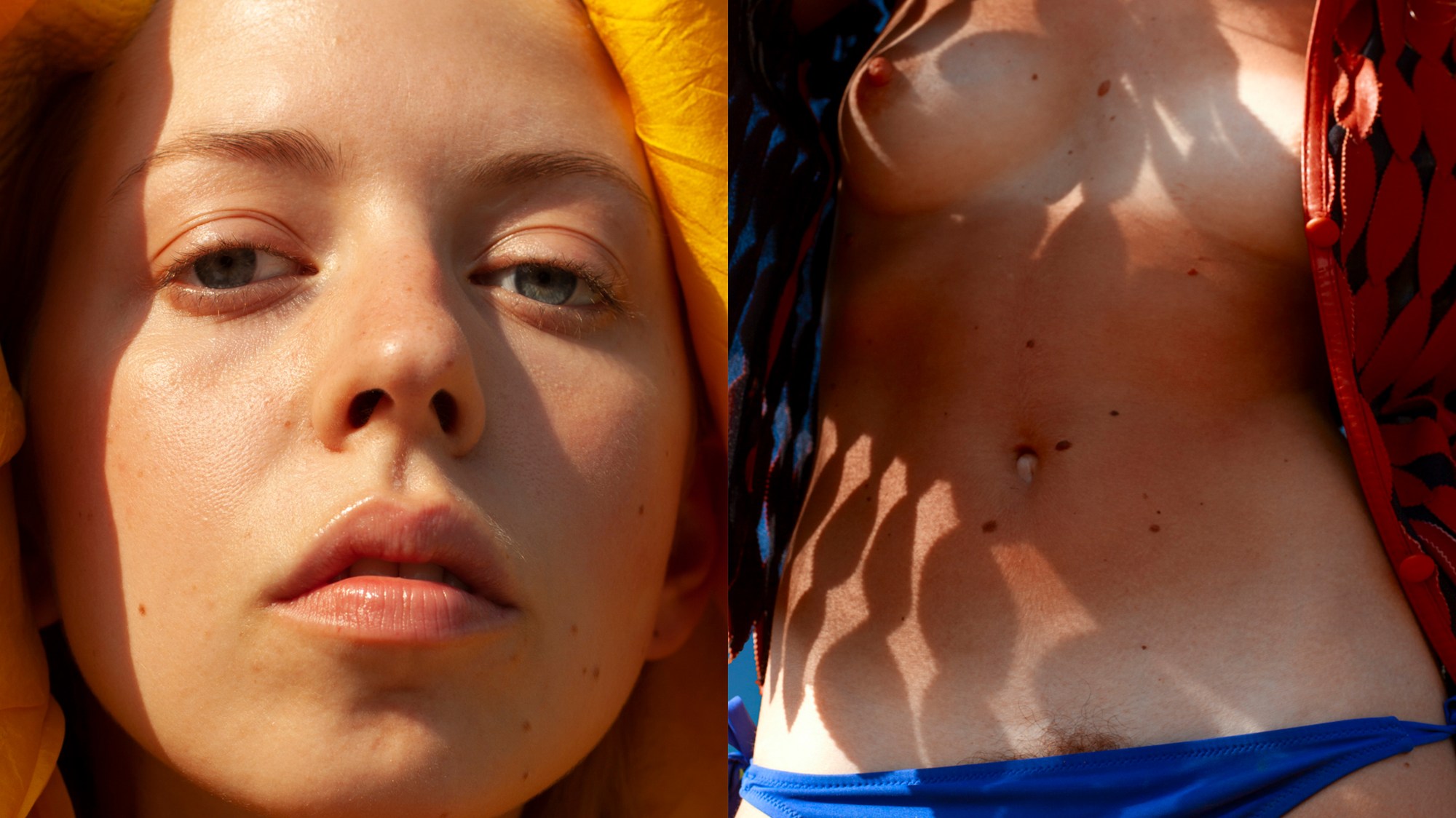Photographer Joanna Wzorek creates work that brims with light, humour and a touch of melancholy. Working between London, where she lives, and Poland, where she was born, Joanna describes her work as “a celebration of her heritage”; a distillation of the historical, political and social elements that combine to create Polish culture. Visually, this manifests in her imagery’s vivid hues — particularly blues and reds — and ethereal light and shadows.
After years of assisting artists and photographers such as Steve Harries and Mel Bles, lockdown granted Joanna the space and time to slow down and focus on a personal project of her own. The result was a zine entitled Summer, Farewell, which she self-published earlier this year. The images, all taken in Poland during that period of enforced stillness, conjure the mixed emotions — joy, sadness, freedom, longing, nostalgia — of summers gone by.

Summer, Farewell, the zine you recently self-published, is made up of sun-drenched images taken during the limbo period of lockdown. How was your creativity affected by the uncertainty of that period?
The zine was a direct response to that time, which I spent trapped in a flat in London, away from my motherland and family. It made me realise how much as an expat, I had relied on the ability to travel back to see my loved ones. When that’s suddenly taken away, you sink deep into your own thoughts and, for me, reminiscing about past summers back in Poland became my safe space.
I wanted to use that time to create a new body of work but didn’t know what form it should take. Once the travel restrictions were removed, I flew to Poland and travelled cross country with my camera, photographing the landscape and the people. As I went, I consciously tried to be present, to take note of my surroundings and appreciate the overwhelming sense of freedom after so long locked inside. Once the body of work was complete, I returned to London and spent the next six months narrowing down the selection of images. I decided to present the project as a book because we spent so much of the pandemic living through screens. I wanted to create something tangible.
The title Summer, Farewell speaks to both the joy and the melancholy of summer months. How do the images make you feel when you look at them now?
When I look at the images now, I feel mixed emotions. The collection is a love letter to the rich colours of the Polish countryside and the fickle light of summer. As a child, I remember that moment of getting into the car at the end of holidays and waving goodbye to the sea. I wanted the project to feel like that. So I feel the enjoyment of the warmer months and the lightness of being in nature, but there’s also this weird sense of knowing that something is ending and won’t come back. Once the zine was finished, I realised that the images actually conveyed quite a distorted and romanticised version of Poland. I suppose when you’ve been away for so long, you become less attentive to the flaws…
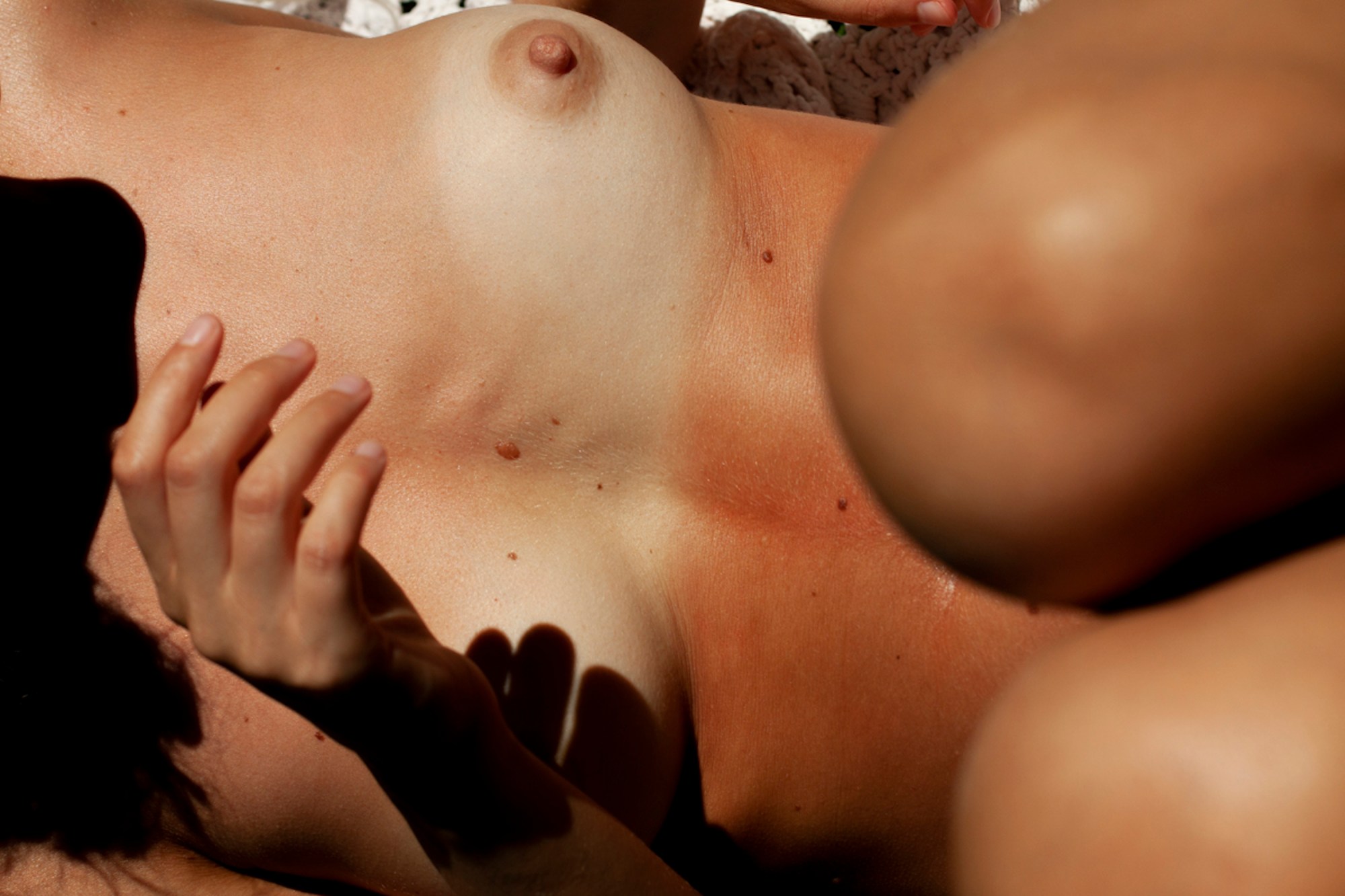
Shadows, imprints and even sunburns permeate the collection, deepening the feeling of nostalgia. What interests you about these reflected forms?
I think it all comes back to my dual nature; enjoying the present while thinking about the past. We can never fully forget the passing time and I like to think of those shadows, sunburns and scars as the reminders of past experiences that we carry with us into the future.
The vividness of your colours is contrasted powerfully in the zine with black and white images. What inspired this choice?
Whilst putting the zine together, I became fascinated by Japanese photo books and the painters of the Young Poland movement, both of whom used colour combinations to accent and heighten. I’ve been tentatively branching out from pure colour photography, so this was an experiment in using colour combinations to convey a wider spectrum of emotion.
Your compositions often feel very spontaneous yet often feature elements of costume, makeup and set that suggest forethought. How much of what we see is planned, and how much is improvisation?
My work is first and foremost about emotions, so I never want the final outcome to feel forced. That being said, when shooting, you have to be prepared for pretty much anything. I work from concepts based on research, but while shooting, I tend to just let my subjects be themselves. We talk, we laugh, sometimes we cry. My role is to observe and respond to their presence. It’s about realising my vision, but it’s not only about that. Sometimes the best shots are well-prepared accidents.
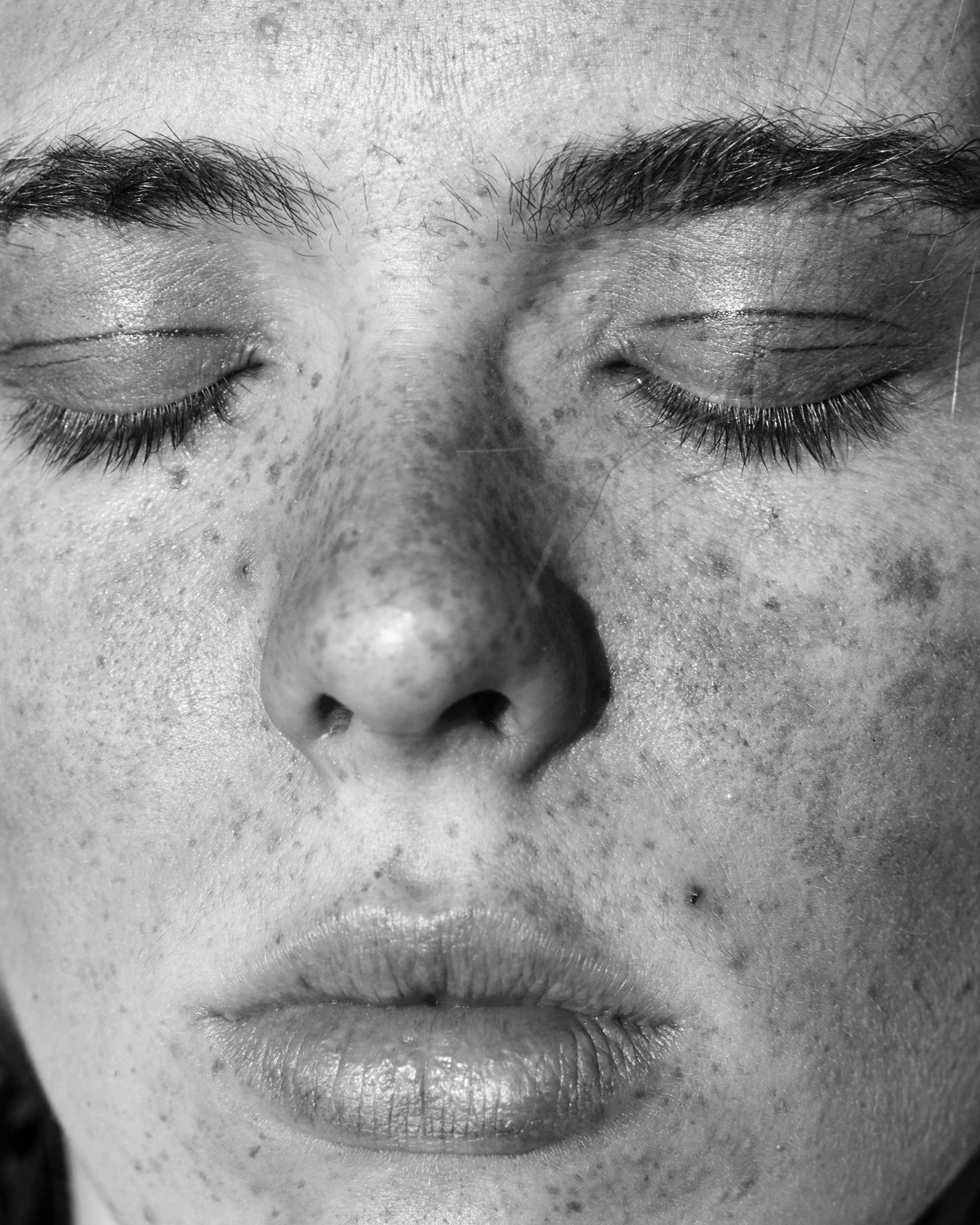
You’ve said you wanted to be a painter but lacked the drive. How far did you get? And do you think that one medium is superior to the other?
I had always been encouraged to pursue artistic hobbies growing up, as a means of expressing myself. When I was a toddler, my parents hung these big canvases on the wall for me to draw on freely. I went to life drawing and painting classes in our local community centre but was always frustrated at being forced to do things the ‘right’ way. I wanted to create more abstract compositions but was told that that wasn’t how things should be done. I found that very discouraging, so I retreated from the classes and started drawing my fictional characters. Once I discovered photography, I stopped drawing completely, but I’m sure my sensitivity to colour and composition were developed during those early painting and drawing classes.
The light and colours in your work are very vivid and clean. Is that a quality that is characteristic of Polish light?
It could be. I grew up in Kraków, and the weather there is very different from London. The transition between seasons is more gradual, so you get to experience the changing colours of nature and the light. There’s also more sun, especially during the so-called ‘golden autumn’. Although global warming has made the winters less harsh, so we don’t get those crisp, sun-drenched snowy landscapes often anymore.

Which is your favourite London neighbourhood?
What I love about London is that each borough has its own unique feeling. I’ve moved quite around quite a lot, but at the moment, I split my time between Hackney and Peckham. Even just in the time that I’ve been here, London has changed a lot. Fancy stores appearing in ‘cool’ neighbourhoods, local businesses vanishing, communities forced to relocate. But you can still find great places.
How do you approach collaboration, with makeup artists, set designers, magazines?
The collaborative process is so important! I used to be a real one-woman show, doing all the makeup, hair, set and lighting myself. It allowed me to shoot wherever and whenever I liked, but it also meant I had no one to bounce ideas off — I was just in dialogue with myself. Now, I really enjoy having other people involved in my projects. Working together is a much richer experience and usually produces a better outcome.
Which other photographers or artists are you into right now?
I’ve recently rediscovered Georg Baselitz after seeing his retrospective in Paris. His reasoning behind the upside-down paintings — that the audience pays closer attention to something that disturbs them — resonated with me.
‘Summer, Farewell’ is available to buy via email at info@joannawzorek.com
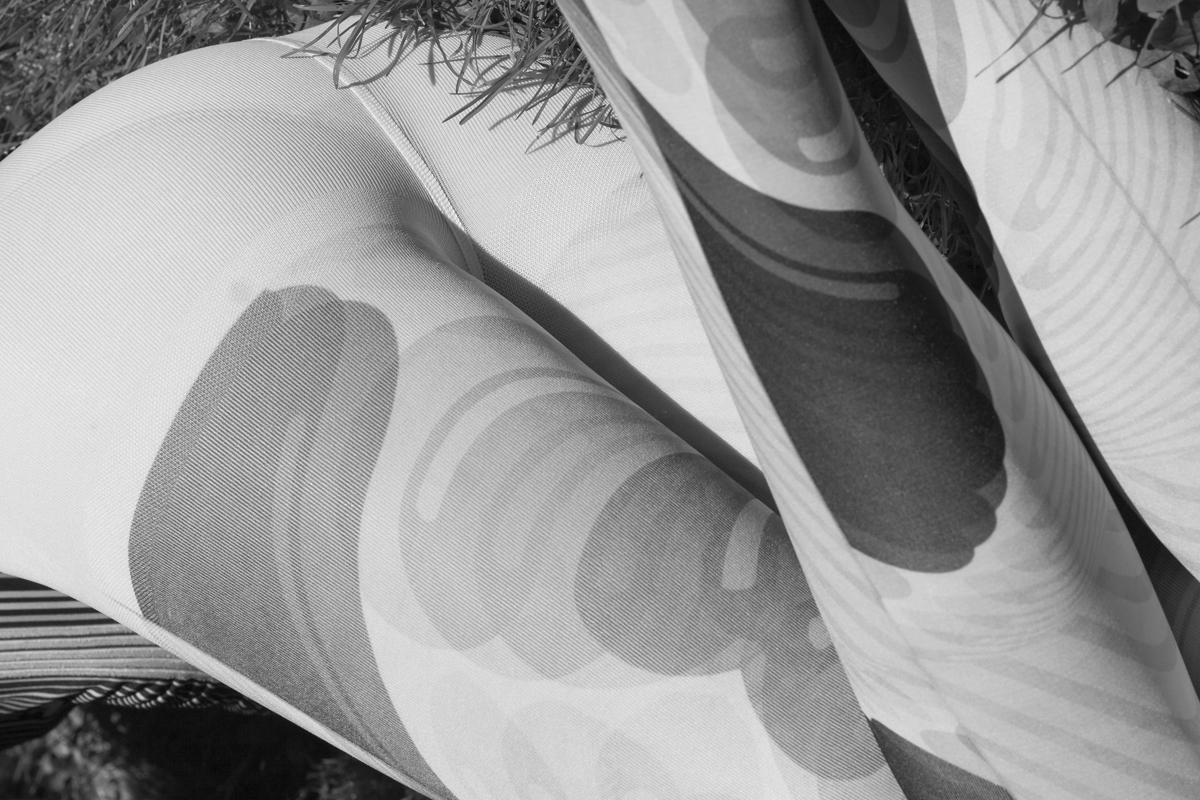

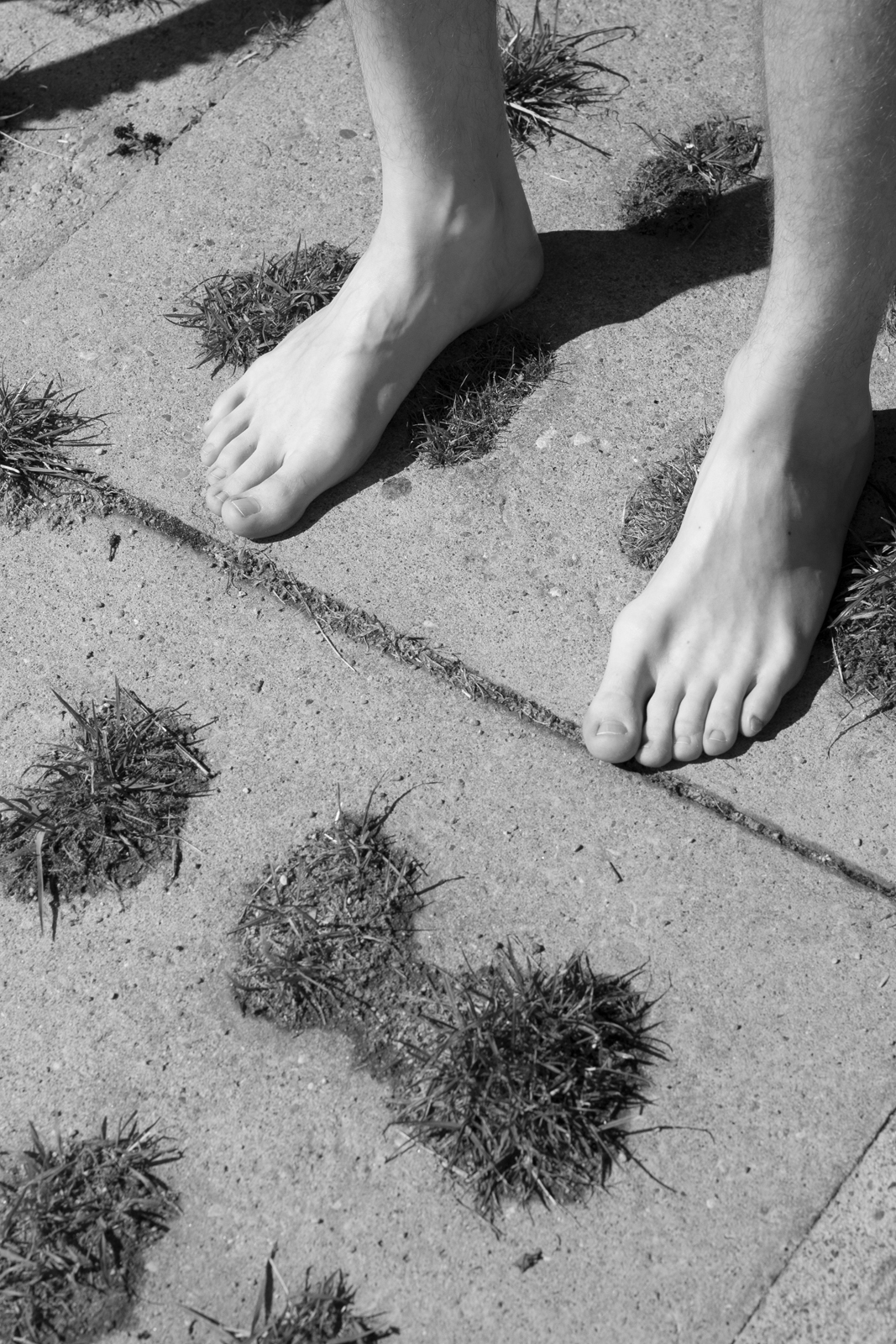
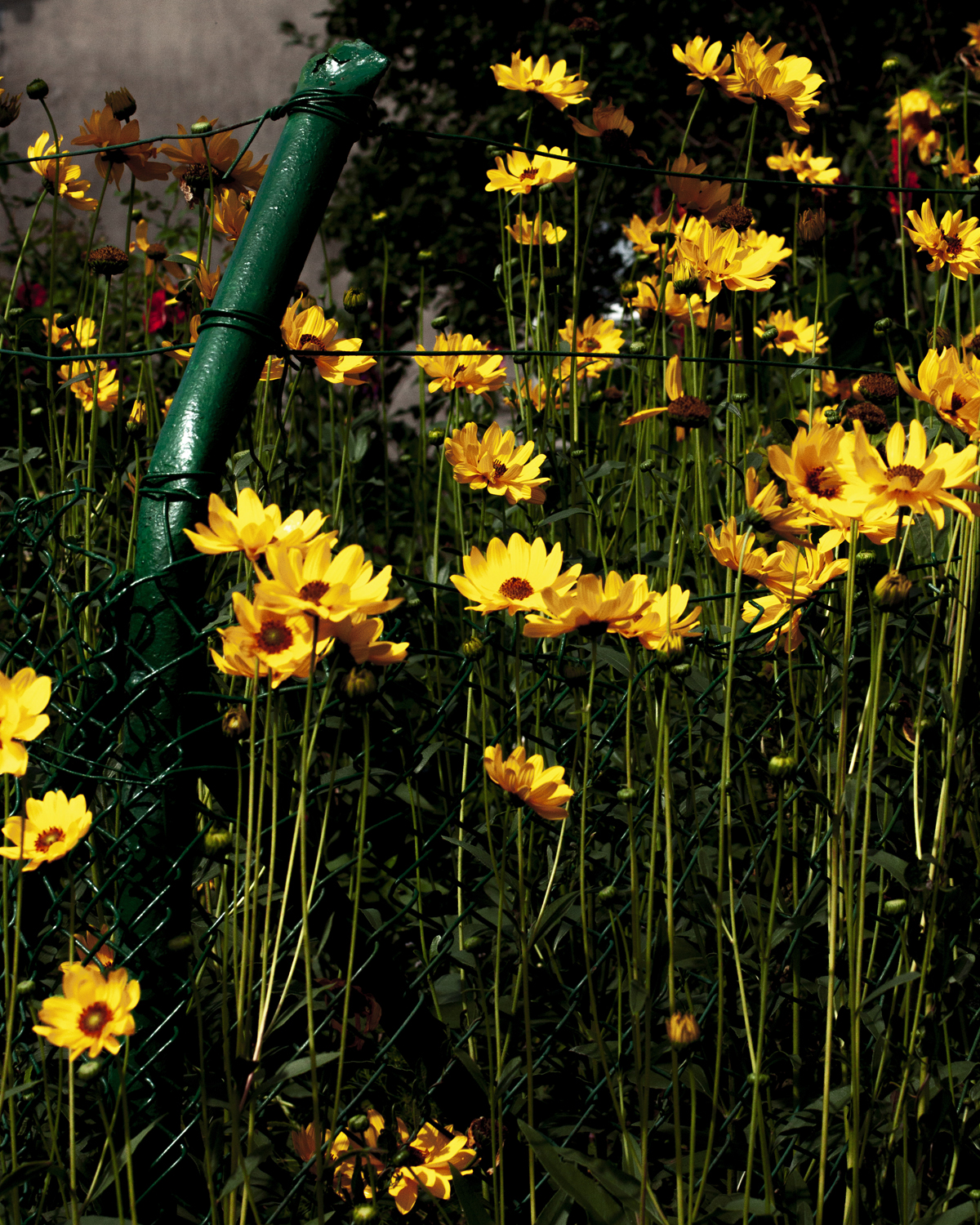
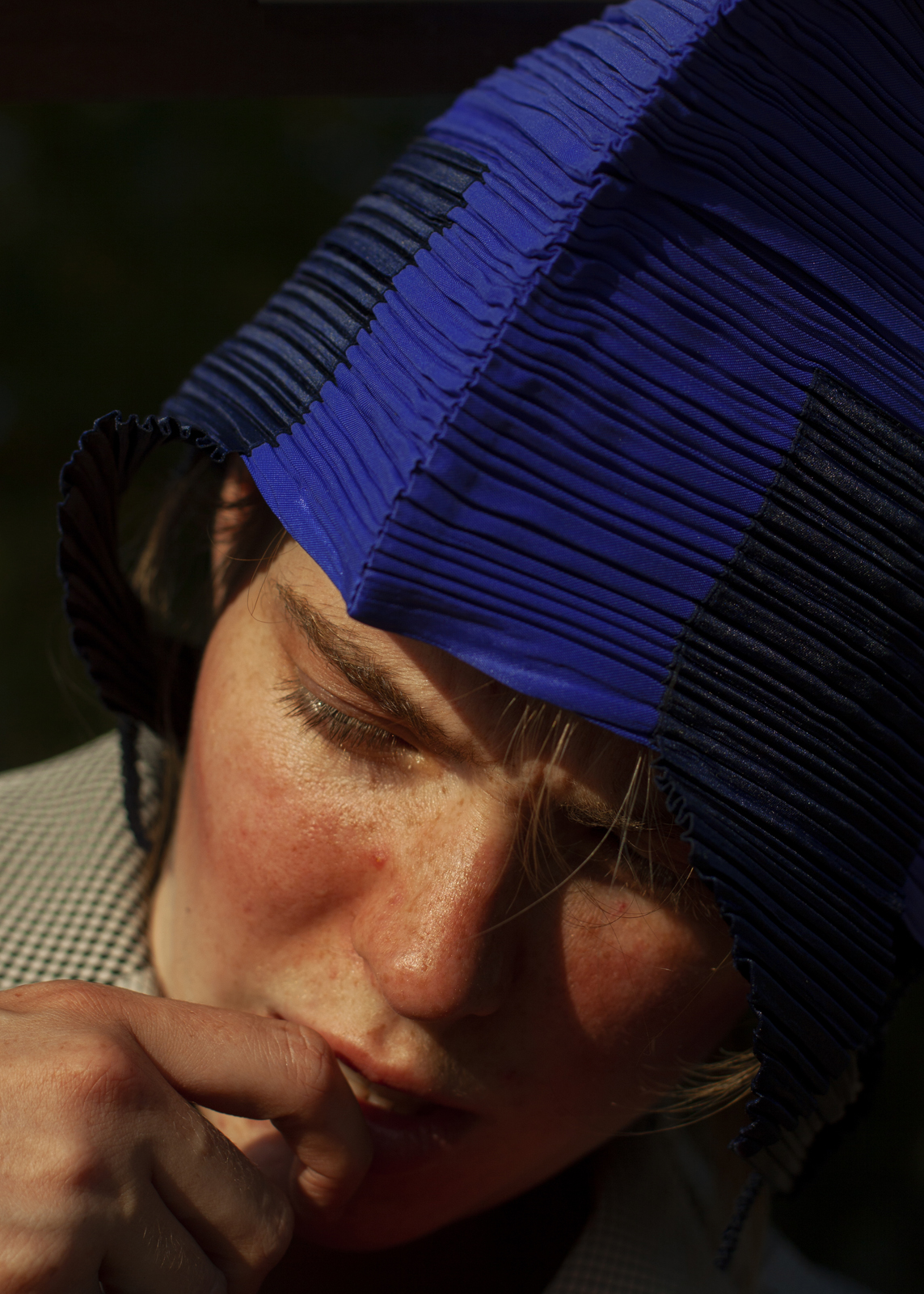

Credits
All images courtesy Joanna Wzorek
